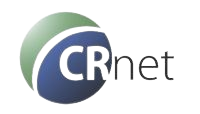Today, the Commission published an evaluation of the Waste Electrical and Electronic Equipment (WEEE) Directive. EU legislation on WEEE management has been in place for over 20 years, setting minimum requirements for collection and proper treatment to reduce the impact of WEEE on the environment and human health. The evaluation underpins that the initial objectives of the WEEE Directive remain highly relevant for the EU.
In general, good progress has been made on the environmentally sound handling and proper treatment of all types of waste electrical and electronic equipment in the EU. The amount of WEEE collected increased significantly between 2012 and 2021. Nearly half of the WEEE generated is still not being collected, and the majority of Member States do not reach the collection target set out in the Directive. Furthermore, the WEEE Directive has had a limited impact on enhancing material recycling and recovery. Currently, only about 40% of WEEE is recycled in the EU.
Overall, the evaluation highlights the high relevance of collecting and treating increasing electronic waste streams in the EU. At the same time, a new approach to incentivise improved WEEE collection and treatment to support the development of a secondary materials market in the EU is needed. Potential measures could include redefining the scope of future WEEE legislation, including green and digital equipment, and mandatory WEEE treatment standards to ensure more comprehensive and effective waste management across the EU.
Source: European Commission
The post Circular Economy: New evaluation looks at how to improve WEEE Directive appeared first on Vastuullisuusuutiset.fi.
